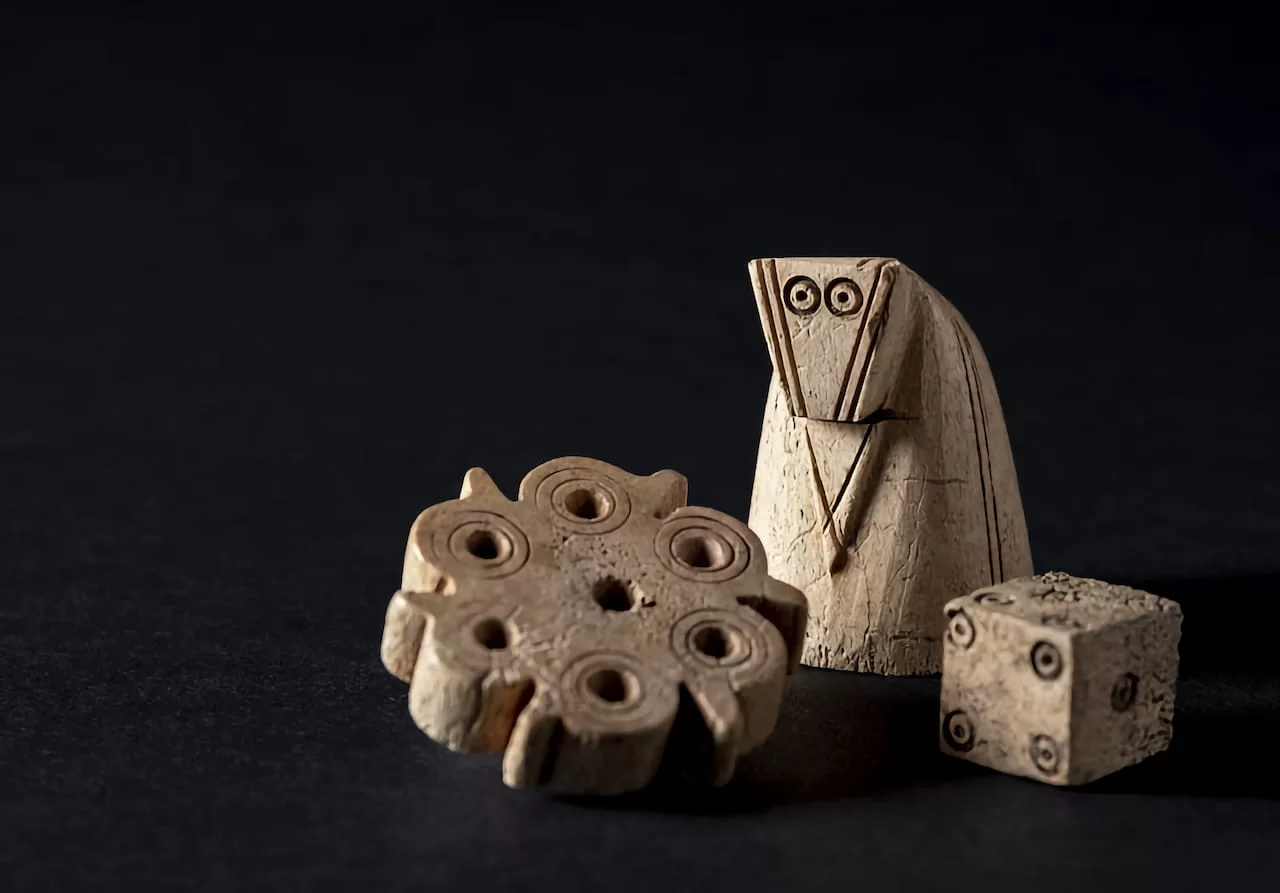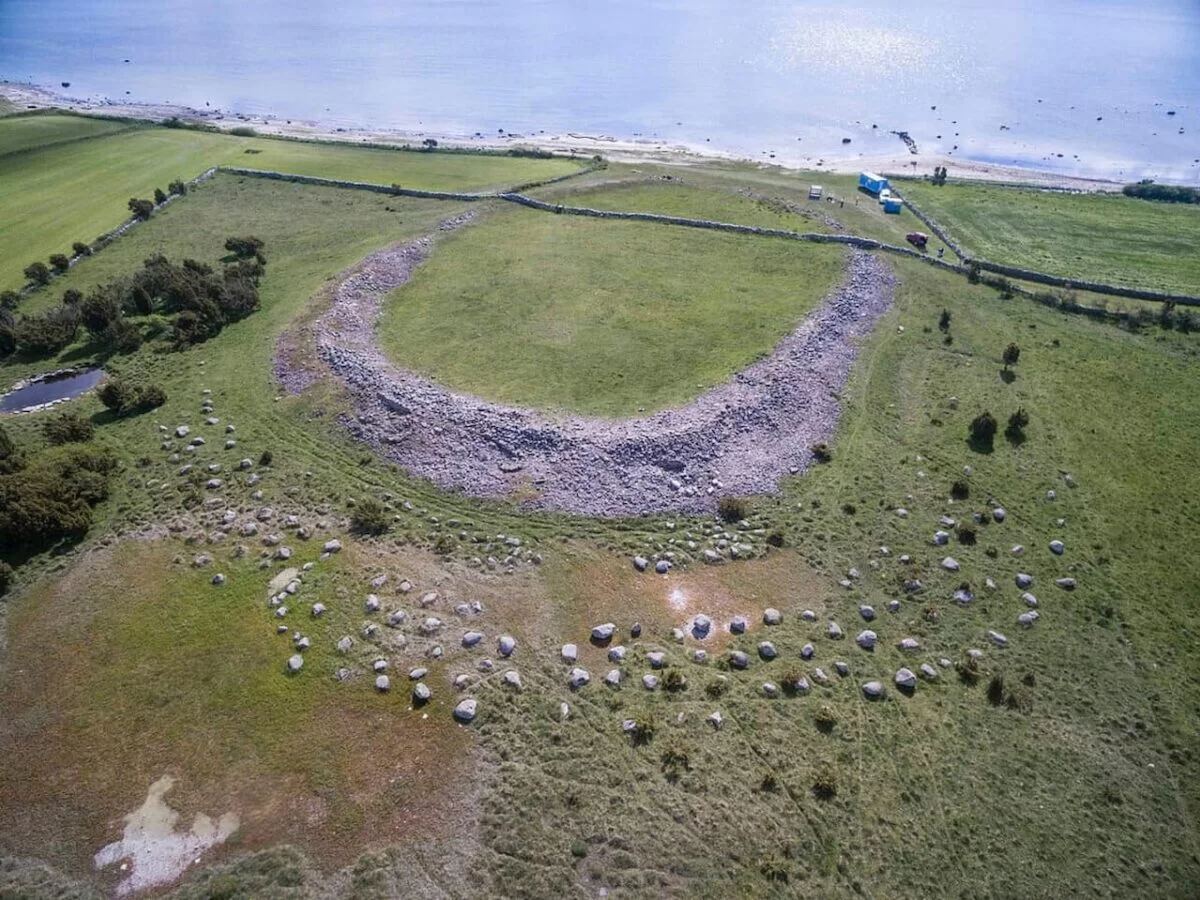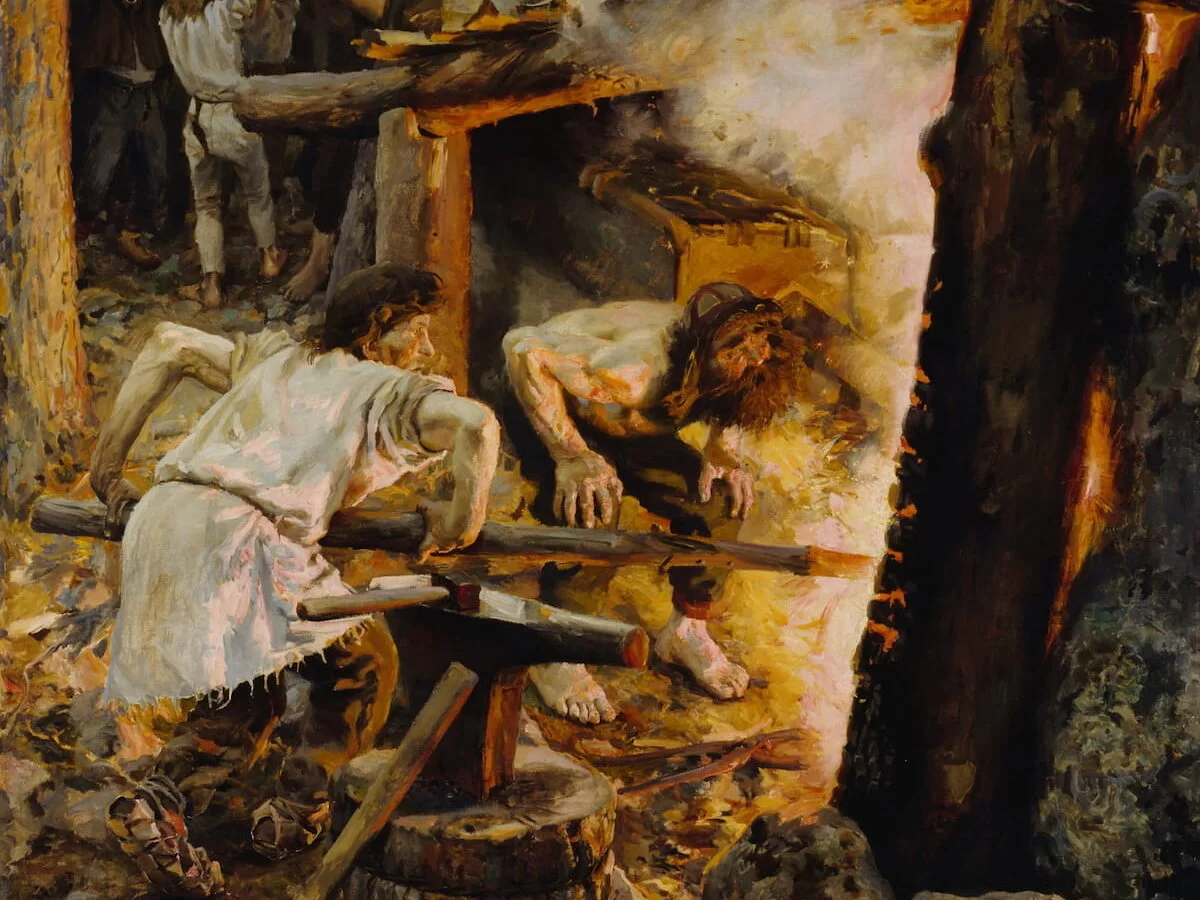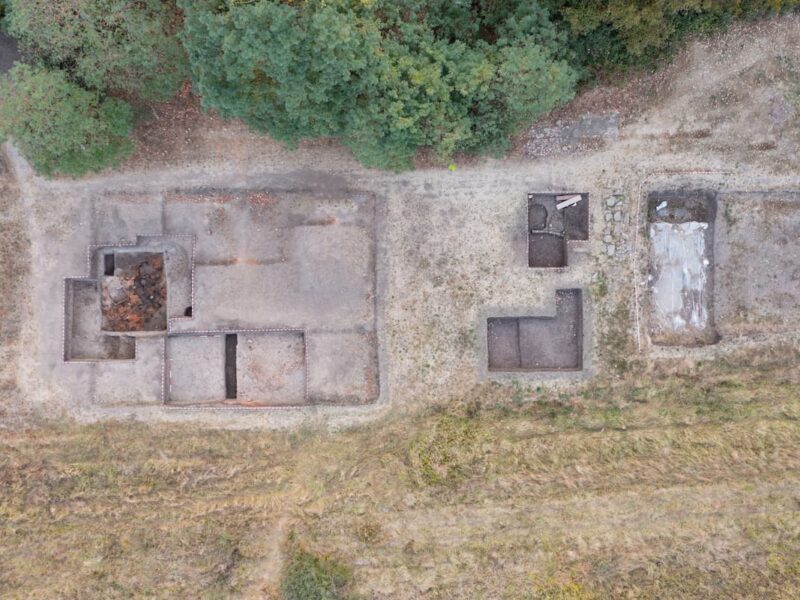More than 1,000 years ago, chess made its way from the East to Europe. However, chess pieces from the early days of the game are very rare.
Now, in archaeological excavations at a forgotten castle in southern Germany, an excellently preserved knight piece has been discovered. The find is part of a unique collection of games, which also includes game pieces and a dice.
An international team of experts from the University of Tübingen, the State Office for Monument Preservation (LAD) in the Stuttgart Regional Council, and the German Archaeological Institute (DAI) is investigating these early testimonies of gaming culture.
Laboratory analysis of paint residues shows that one of the sides played with red, while typical usage marks indicate that the knight already moved in its characteristic manner back then. This points to a surprising continuity in the rules of the game.

Well-preserved archaeological finds of chess pieces and game pieces for other board games from before the 13th century are very rare in Central Europe. Chess was among the seven skills a good knight had to master in the Middle Ages. In this sense, it is not surprising that most known finds come from fortresses, explained Dr. Jonathan Scheschkewitz. The discovery of an entire collection of games from the 11th/12th century was completely unexpected for us, and the knight piece is a real highlight, said Dr. Lukas Werther (DAI).
The finds were discovered during excavations of the German Research Foundation’s (DFG) special research area 1070 Resource Cultures and the LAD at an unknown castle in southern Germany (Baden-Württemberg, Reutlingen district).
They were under the rubble of a wall, where they were lost or hidden in the Middle Ages, said Dr. Michael Kienzle (University of Tübingen). The coverage contributed to the exceptionally well-preserved surfaces of the finds. Under the microscope, a typical shine from handling and moving the pieces is visible, explained Dr. Flavia Venditti (University of Tübingen).
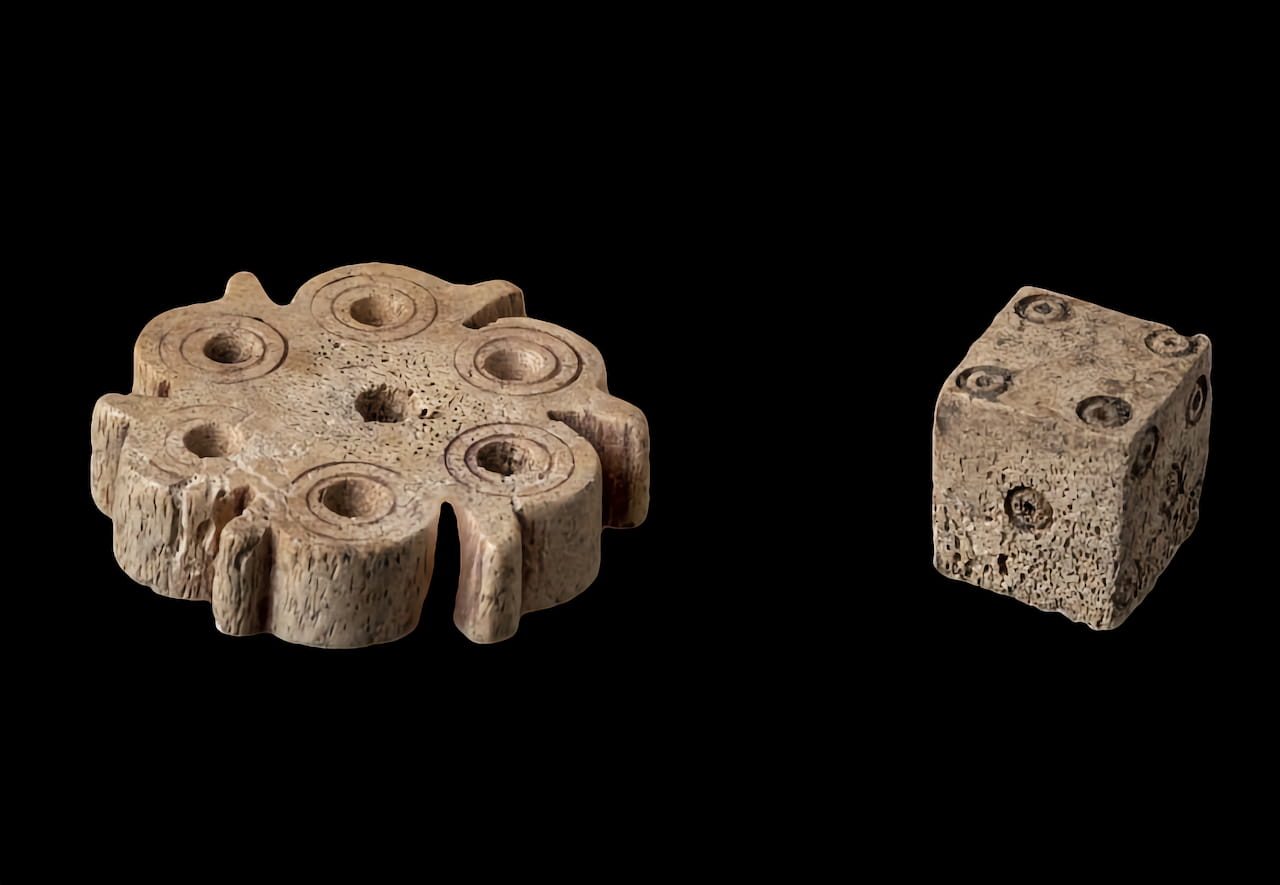
In addition to the chess piece, four flower-shaped game pieces and a dice with six faces were found, all carved from antler. The eyes and mane of the four-centimeter-tall knight piece are plastically modeled, an elaborate design typical of high-quality chess pieces from that era.
The red paint residues found on the game pieces are currently being chemically analyzed. Researchers hope to gain a variety of insights into the world of medieval nobility games and the roots of European chess from the detailed evaluation of the finds.
The findings will be presented to the public for the first time at the Great State Exhibition “THE hidden LÄND” (Stuttgart, starting September 13, 2024) and at the Special Exhibition “Unearthed! Knights and Castles in the Echaz Valley” (Pfullingen, starting June 15, 2024).
Discover more from LBV Magazine English Edition
Subscribe to get the latest posts sent to your email.

